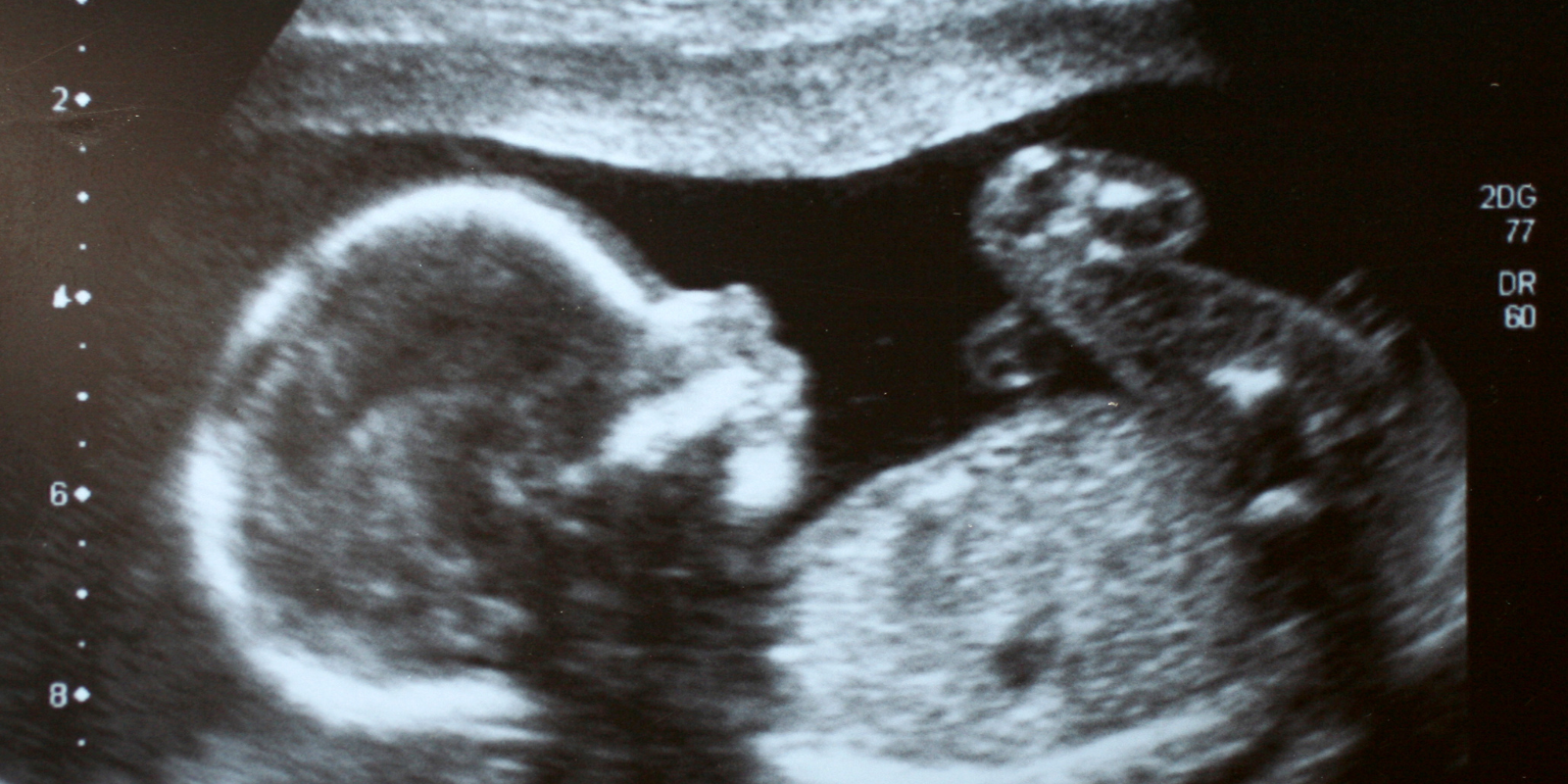Approximately one in 13 people will experience appendicitis in their lifetime. The painful condition, while being quite common, is luckily one that is easy to solve. Low-risk appendectomy surgeries are performed hundreds of thousands of times per year with excellent results, so if you are experiencing intense abdominal pain, don’t panic.
A case of appendicitis is basically just bad luck, explains David Bliss, MD, MBA, associate professor of pediatric surgery. Because it is essentially a random occurrence, there are few risk factors that can predict a rupturing appendix. The surgeon explains what to watch out for and what to do when you suspect your appendix may be bursting.
“The big picture to understand is that it’s a very common disease,” says Bliss. “A little less than 10% of people walking around the world will have appendicitis in their lifetime.” Once you develop appendicitis, often after stool and the associated bacteria randomly plug the appendix lumen, the inflammation will worsen over time. Between a day and a half to two days, it will rupture. The most important thing, according to Bliss, is to seek help immediately.
Appendicitis is an acute disease and can culminate in a gangrenous organ and/or a ruptured/perforated one. When a patient experiences gangrenous appendicitis, the appendix tissue dies. A ruptured or perforated appendix means there is a hole in the organ. If the infection spreads throughout the abdomen, patients become much sicker and the complication rate increases.
Knowing when to seek help
“A lot of things look like appendicitis, and appendicitis can present in similar ways to other conditions,” explains Bliss. “So we use patient history, exams, lab studies, and imaging studies, and that helps quite a bit to narrow down what we're looking at.” Ultrasounds, CT scans, and MRI are all imaging methods used to determine if the patient’s appendix is the source of the problem.
The main symptom to be wary of is abdominal pain. The classic presentation occurs in the midsection and around the umbilicus, more commonly known as the belly button. The location of a patient’s pain is related to the organization of the nerves to their appendix.
As the inflammation spreads from the appendix itself, in the lower right area of the abdomen to the abdominal wall, the pain will travel with it. Once the organ ruptures, pain spreads throughout the entire abdomen. Oftentimes the pain will be accompanied by nausea, vomiting, and fever, and occasionally diarrhea.
Experiencing localized and spreading pain in the abdomen, especially paired with the other symptoms, means one thing: get to the hospital. “The very first step is going to the emergency department, because you are on the clock,” says Bliss.
Low-risk, high-reward treatment
“Decades ago, we'd rush in to take out the appendix as an emergency. What we found over the past 15 years is that if you give the patient antibiotics, that stops the process wherever you may be in that timeline,” says Bliss. When provided in a timely manner, the combination of antibiotics and resuscitation via IV fluids downgrades the situation from a full-blown emergency, priming the patient for the operation.
“When you treat with antibiotics alone, people can recover and not require surgery at all,” continues Bliss. “That can work for what we call ‘uncomplicated appendicitis’, before it ruptures. But this hasn't taken hold too much, because half the patients come back with appendicitis within several years.” Because an appendectomy is such a low-risk procedure, most people prefer to proceed with the surgery even during the uncomplicated stage.
Open appendectomies, which consist of a small incision over the lower right section of the abdomen, are rarely performed nowadays. The standard operation used to remove a perforated appendix is a laparoscopic appendectomy.
During the procedure, a camera is inserted at the umbilicus. A few small incisions are made in the abdomen, and with tiny surgical instruments, doctors can easily remove the appendix. Afterward, the patient can recover very quickly. If the appendix has not yet ruptured, the recovery time is so quick that a patient can go home the same day. A ruptured appendix usually requires a hospital stay ranging from two to five days and includes another round of antibiotics.
“The only issue we worry about after that is more infection and abscesses, which can recur, anywhere from 5-14 days post-surgery,” says Bliss. “If the appendix was not ruptured, then it's a very low chance of infection, around 3%. A rupture moves that rate up to 15%.” Cases of bacterial sepsis and death as a complication of appendicitis are exceedingly rare.
“It's very common in the pediatric population to have appendicitis, but it can happen in adult life too. Regardless of age, it is essentially the same disease for the most part,” explains Bliss. “Similarly, even if operations are slightly varied in terms of how surgeons perform them, for the most part they can be done in basically the same way no matter the age.”





